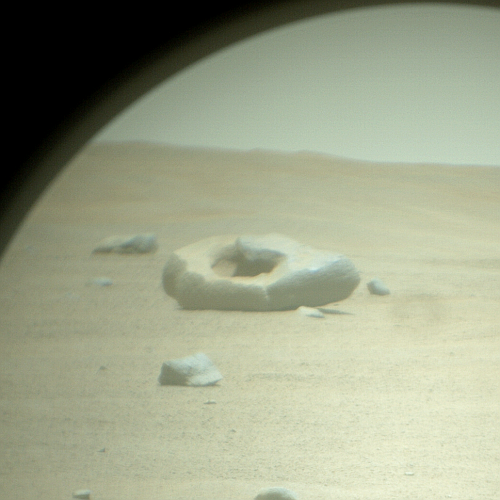Using pulsars scientists detect background signal of the universe’s gravitational waves
The uncertainty of science: Using the variations in the precise radio pulses sent out by many pulsars over a fifteen year year astronomers think they have detected the background signal produced by many gravitational waves over time throughout the universe.
Astrophysicists using large radio telescopes to observe a collection of cosmic clocks in our Galaxy have found evidence for gravitational waves that oscillate with periods of years to decades, according to a set of papers published today in The Astrophysical Journal Letters. The gravitational-wave signal was observed in 15 years of data acquired by the North American Nanohertz Observatory for Gravitational Waves (NANOGrav) Physics Frontiers Center (PFC), a collaboration of more than 190 scientists from the US and Canada who use pulsars to search for gravitational waves. International collaborations using telescopes in Europe, India, Australia and China have independently reported similar results.
Imagine that each wave is a single wave on the ocean. This detection is the rough equivalent of looking at the ocean’s overall surface and measuring the general roughness of all the waves.
The press is making a big deal about this discovery. It is good science, and will over time provide valuable insights into evolution and merger of black holes, but it is not that big a deal, especially because this research carries with it many assumptions and uncertainties that good scientists recognize. They thus remain somewhat skeptical about the data. Mainstream journalists however consider gravitational waves cool, and so they hype any press release about them, sometimes to the point of absurdity.
The uncertainty of science: Using the variations in the precise radio pulses sent out by many pulsars over a fifteen year year astronomers think they have detected the background signal produced by many gravitational waves over time throughout the universe.
Astrophysicists using large radio telescopes to observe a collection of cosmic clocks in our Galaxy have found evidence for gravitational waves that oscillate with periods of years to decades, according to a set of papers published today in The Astrophysical Journal Letters. The gravitational-wave signal was observed in 15 years of data acquired by the North American Nanohertz Observatory for Gravitational Waves (NANOGrav) Physics Frontiers Center (PFC), a collaboration of more than 190 scientists from the US and Canada who use pulsars to search for gravitational waves. International collaborations using telescopes in Europe, India, Australia and China have independently reported similar results.
Imagine that each wave is a single wave on the ocean. This detection is the rough equivalent of looking at the ocean’s overall surface and measuring the general roughness of all the waves.
The press is making a big deal about this discovery. It is good science, and will over time provide valuable insights into evolution and merger of black holes, but it is not that big a deal, especially because this research carries with it many assumptions and uncertainties that good scientists recognize. They thus remain somewhat skeptical about the data. Mainstream journalists however consider gravitational waves cool, and so they hype any press release about them, sometimes to the point of absurdity.












